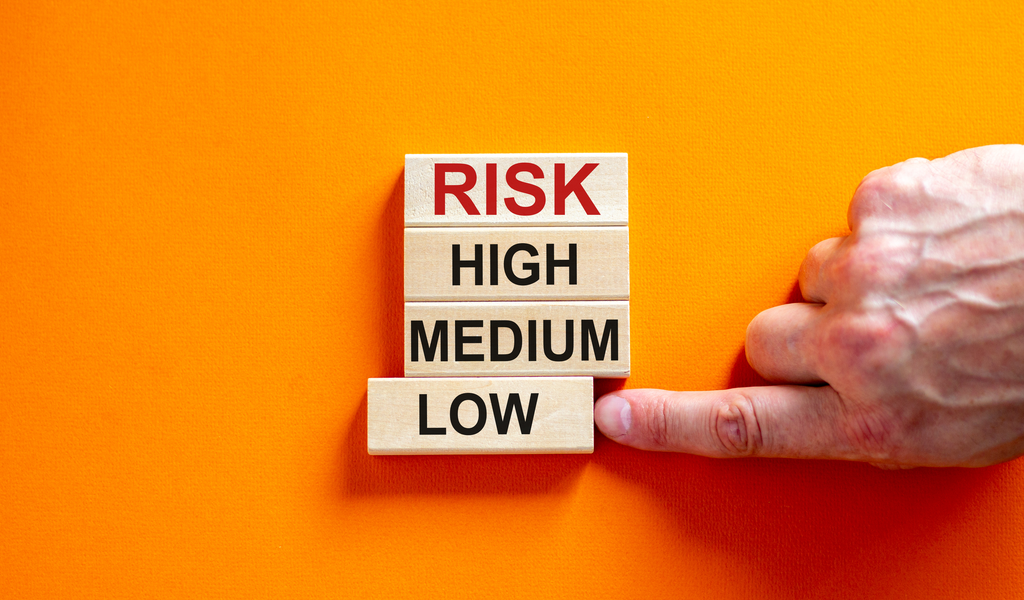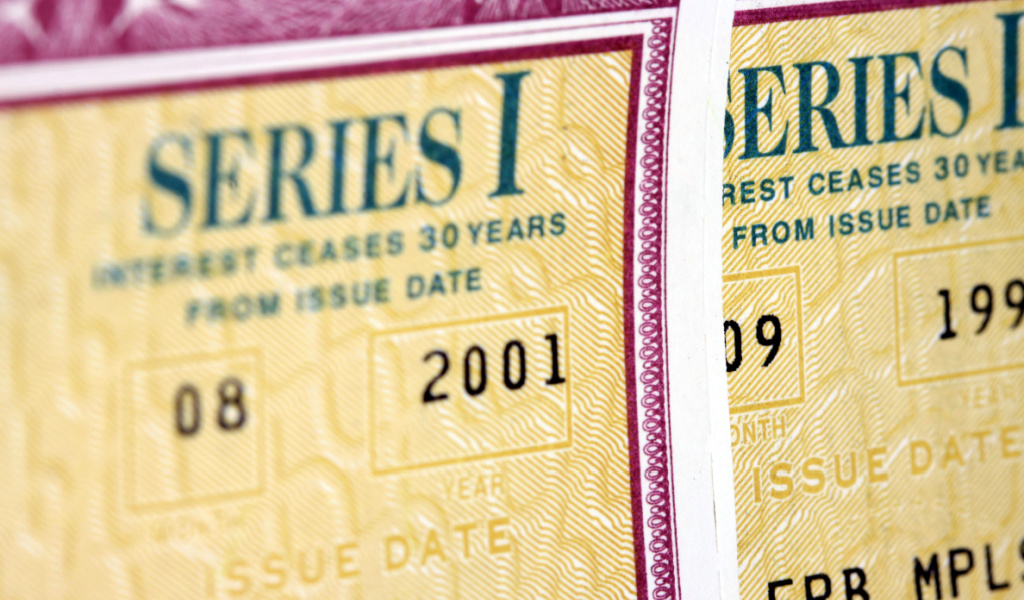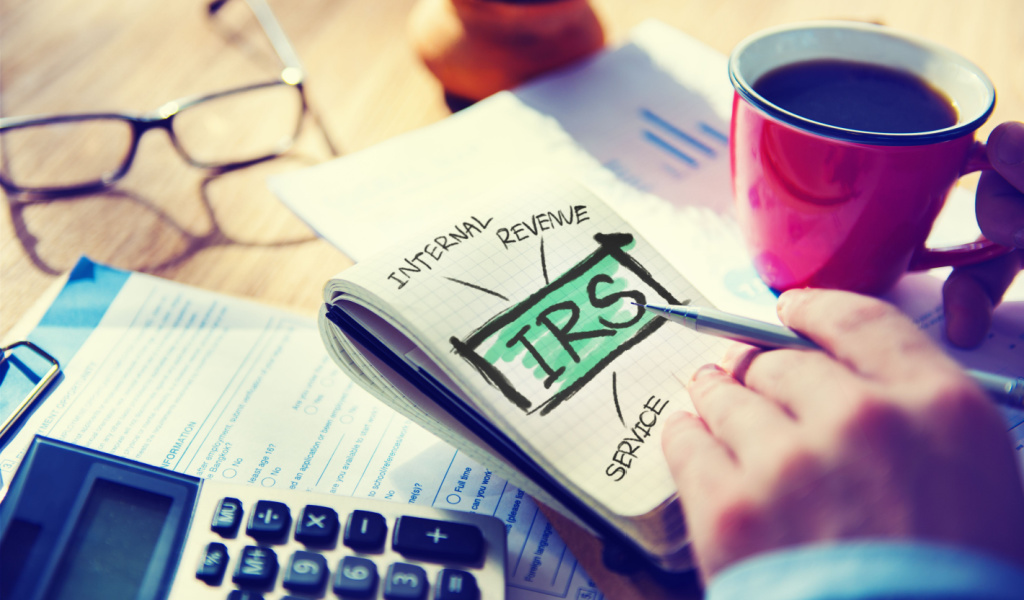With the global economy facing high inflation rates, no country has been immune to the consequences, such as high-interest rates and the decline in the value of money. This is a time when investors need to be smart about where they put their money.
As always, building a diverse portfolio should be your main course of action. Experts agree that there has to be some level of risk attached to ensure that you make some returns of actual value. And this is important now more than ever because inflation causes the value of assets to depreciate.
However, with higher risk also comes the possibility that you might lose that money entirely. This is why investors are advised not to put “all their eggs in one basket”. Along with diversifying between different stocks and other types of investment, you should also ensure that you have a few low-risk options added to your portfolio to help preserve capital and maintain a steady flow of interest income.

Here are 9 of the best low-risk investments for the current market in 2022.
High-Yield Savings Accounts
A savings account isn’t an investment, but shopping around for high-yield ones can help you make a decent return on your money while maintaining complete accessibility and a reasonable amount of safety to your money as most of them are government-insured for up to $250,000 per account. The only downside is that inflation tends to chip away at the purchasing power of money and you could be making a lot higher returns if you invested that money elsewhere.
Money Market Accounts
Money market accounts are like a combination of a regular savings account and a high-yield savings account. Features similar to a regular savings account include the issuance of a debit card, interest payments, easy accessibility, and minimum monthly withdrawals. However, like a high-yield savings account, they require a higher minimum deposit and earn higher income rates. They are also FDIC-insured for up to $250,000 per depositor, per bank.
However, also like a high-yield savings account, a money market account isn’t really an “investment” and may not earn enough returns to overtake the rate of inflation, causing a depreciation in the value of your money.
Series I Savings Bonds
Bonds are often great low-risk investments – as safe as any investment can be because they are backed by the US government. The Series I savings bond is particularly so because it is adjusted every 6 months according to the current inflation rate, protecting your investment against market fluctuations by increasing the interest rates when inflation increases.
On the other hand, once the market does settle, whenever that may be, this also means that bond payments will fall. And the caveat is that you can’t pull out whenever you want because bonds that are redeemed before the completion of five years come with a penalty of the last three month’s interest.
Corporate Bonds
Just like the government, companies may also issue bonds. These come in a wide variety of low-risk to highly-risky. High-yield bonds, also known as junk bonds, maybe low quality and very high risk. But there are safer options as well.
To begin, company bonds are much safer than stocks as bondholders are the first in line to get paid. You can further protect your investment by choosing bonds that are set to mature in the next few years. A shorter time period means there is less time for market influences to affect it. Also, make sure to pick high-quality bonds from large reputable companies or funds that invest in a diversified portfolio of these bonds to spread out the risk.

Short-Term Certificates of Deposit
A certificate of Deposit or CD is a great loss-proof investment because they are backed by the FDIC. However, there is a lock-in period attached to them where you will incur early withdrawal penalties if the situation arises where you need to do so.
One way to avoid being locked into below-market CDs for too long is to go for short-term CDs. Since the market is highly volatile at the moment, it would be wiser to invest in short-term CDs and then reinvest as the rates go up. You may earn a slightly higher return on a high-yield savings account, but such accounts typically require a large initial deposit.
Money Market Funds
You’ve been told how important it is to diversify your portfolio, but you don’t have the time or knowledge to do that. Plus, you are worried about the risk involved. If this is the case, then a money market fund is the perfect solution to your problem.
Money market funds are pools of short-term bonds, CDs, and other low-risk investments grouped together and sold by brokerage firms and mutual fund companies. The value is often conveyed by the bank and is typically more than $1 per share. The most attractive feature of a money market fund is that you can withdraw your money at any time without being slapped with fines and charges.
Dividend-Paying Stocks
If you are keen on making a foray into the stock market but want to limit your risk at the same time, you should be looking out for stocks that pay cash dividends. While they’re still not as safe as cash, bonds, or CDs, they are much less risky on stocks that bet solely on growth.
Dividend stocks are also subject to market fluctuations, but since you will be earning a regular income from them, this could help limit the loss. Of course, in the worst-case scenario, you could lose your investment if the company runs into tough times and declares a loss. However, dividend-paying companies are generally considered to be stable and mature, making them more reliable and less likely to fail.
Preferred Stocks
Diving deeper into dividend-paying stocks, your can lower your risk even further by choosing to purchase preferred stocks. Dividend stocks are influenced by the market and how well a company performs in the given period, and this means that you may not get paid at all if the company records a loss or doesn’t earn enough profit to pay all of its stakeholders.
First, it’s the bondholders who get their money and then come to the preferred stockholders before the regular stockholders are taken care of. Additionally, if preferred stockholders aren’t paid anything for a certain period, it gets carried over to the next term when they will be paid double.
In short, preferred stocks are like a riskier version of bonds but typically safer than regular stocks. They are also traded at the stock exchange just like any other type of stock but need to be carefully evaluated before purchase.
Fixed Annuities
Fixed annuities are a great way to ensure that you earn a regular income over an agreed-upon period of time, such as 20 years or until the death of the client. You may choose to start taking payments immediately or at a certain date in the future. To do so, you sign a contract with an insurance company by paying a lump sum of money upfront.
Annuities are safe in that there is a guaranteed return, which helps boost your financial stability during a period when you may no longer be working. Contributions aren’t limited to minimums and other benefits such as death benefits and minimum guaranteed payments are also there.
However, the main thing to look out for with annuities is that the contracts are usually pretty complex. Make sure to go over everything with a fine-toothed comb to ensure that you don’t get swindled later on. A financial adviser may help you navigate through this. Plus, it’s difficult to get out of an annuity whenever you want, and doing so will come with significant penalties. Finally, rising inflations could mean your future guaranteed payout isn’t as attractive as you had hoped.



